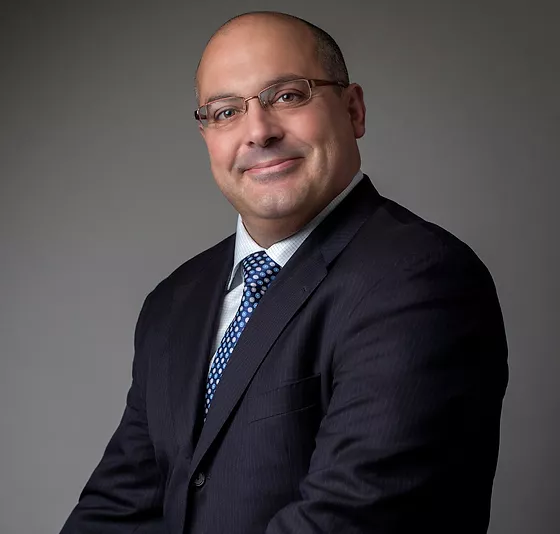
Motorcycles offer a sense of freedom and adventure that few other modes of transportation can match.
But while the thrill of the open road may be a major draw for many riders, motorcycle accidents are a serious and often tragic reality.
In 2020, motorcycle accidents resulted in over 5,579 deaths in the United States alone.
While motorcycles can be a fun and economical mode of transportation, they also come with unique challenges and dangers.
One way riders can help protect themselves and reduce the risk of injury is by wearing a helmet. This blog will take a closer look at New York’s motorcycle helmet laws.
We also review the effect of not wearing a helmet on a personal injury award.
What Are New York Motorcycle Helmet Laws?
Under the universal helmet law, Section 381 of New York’s Vehicle & Traffic (VAT) regulations, everyone riding a motorcycle must wear a helmet.
The law requires helmets to meet the federal motor vehicle safety standards listed in the Code of Federal Regulations § 571.218.
The National Highway Traffic Safety Administration’s helmet standards require you to meet that following minimum requirements:
- You must have a helmet with the DOT symbol located one to three inches from the bottom, certifying that the manufacturer has met the Department of Transportation’s safety requirements;
- You cannot have any rigid projections inside the helmet, and only projections less than 0.2 inches are allowed on the outside of the helmet;
- Your helmet must have a continuous protective curved surface; and
- You must have clear peripheral vision while wearing the helmet.
If you prefer to ride without a helmet, you should know the potential risks. First, as stated, it is illegal to ride without a helmet.
But it might make it easier to put one on if you recognize that, in 2018, the cost of fatal motorcycle accidents in New York exceeded $261 million.
Consider the cost of a certified helmet as an investment in your bike, your health, and your future.
What If I Wasn’t Wearing a Helmet and a Driver Hit Me?
In New York, a motorcyclist can recover from the at-fault driver for the costs of their injuries through a personal injury lawsuit.
To succeed in a personal injury lawsuit, you must prove that the other party was negligent.
New York VAT § 1146 requires all drivers to exercise due care when approaching another vehicle, including a motorcycle.
If they failed to do so, regardless of whether they were distracted, impaired, or aggressive, that is negligence.
Insurance companies often defend against personal injury lawsuits and will do anything to reduce the amount of money they have to pay victims like you.
They will try to place as much blame as possible onto you to shift the responsibility for the damages.
However, whether you followed New York motorcycle helmet laws or not, you are eligible to receive compensation from a negligent driver.
New York courts follow the comparative negligence rule in personal injury cases. Juries must decide the amount of damages to award based on each party’s percentage of responsibility for the accident.
Failure to follow helmet laws is only one factor the jury considers when appropriating fault. Therefore, failing to wear a helmet might only serve to reduce your award—but will not eliminate it.
Law Offices of Theodore A. Naima: Your Motorcycle Injury Firm
At the Law Offices of Theodore A. Naima, we focus our practice on personal injury trial law.
Our firm represents those injured or lost due to another’s negligence, including those involved in motorcycle accidents.
Let us put our 20 years of trial experience to work for you while you focus on your recovery. Contact us today.



